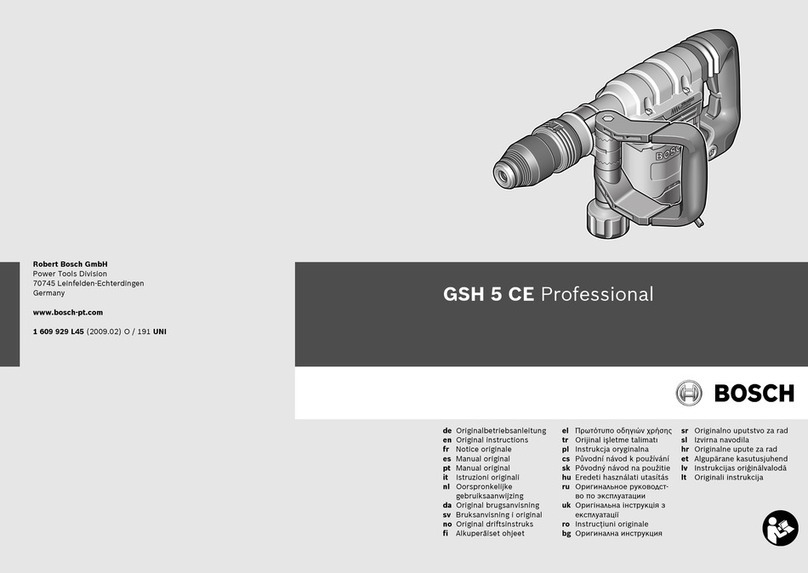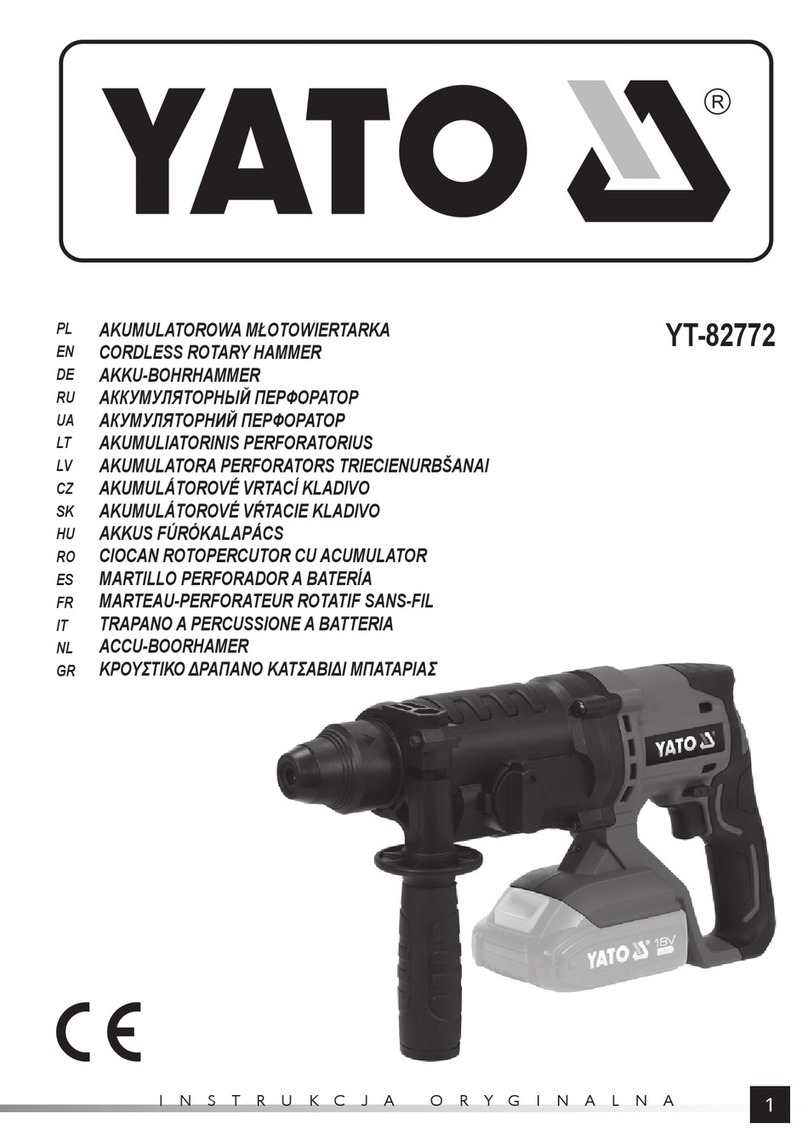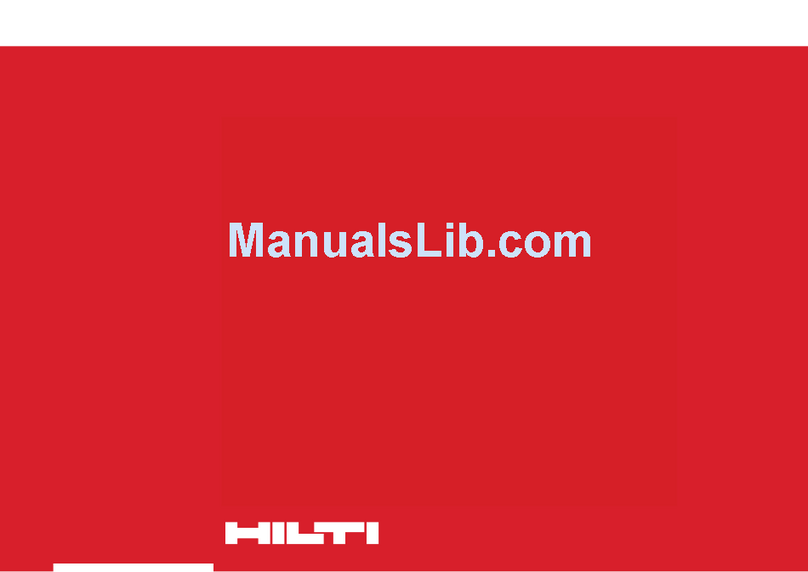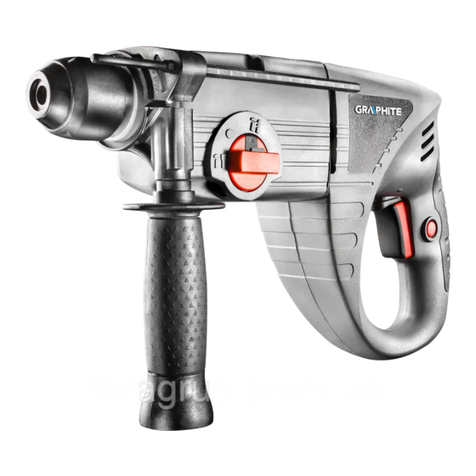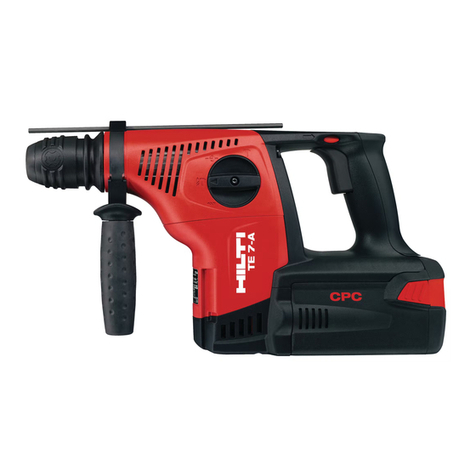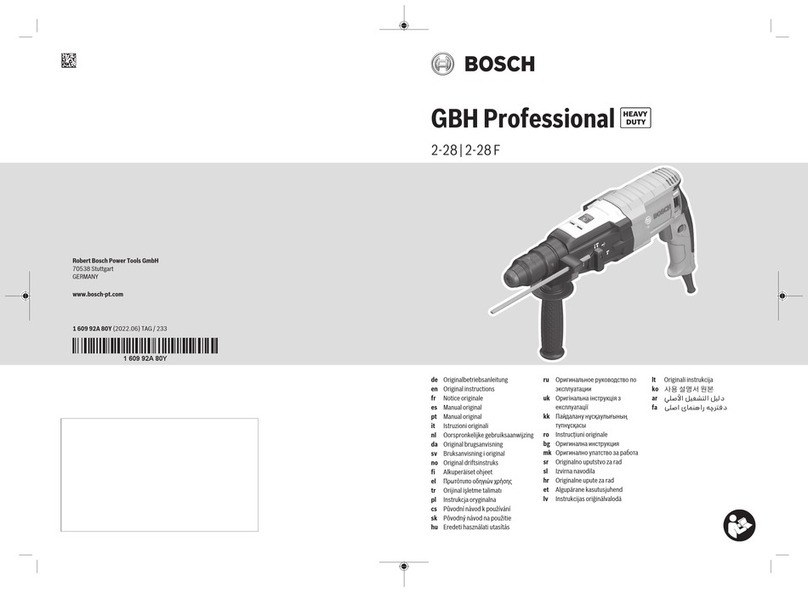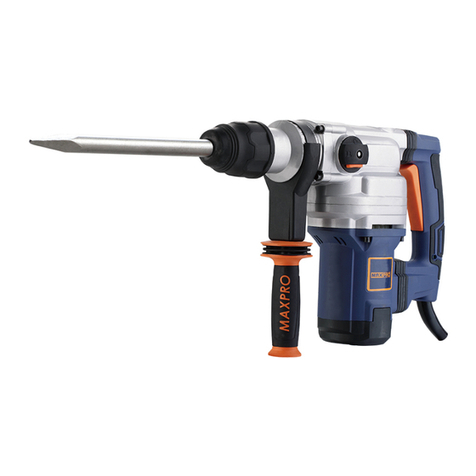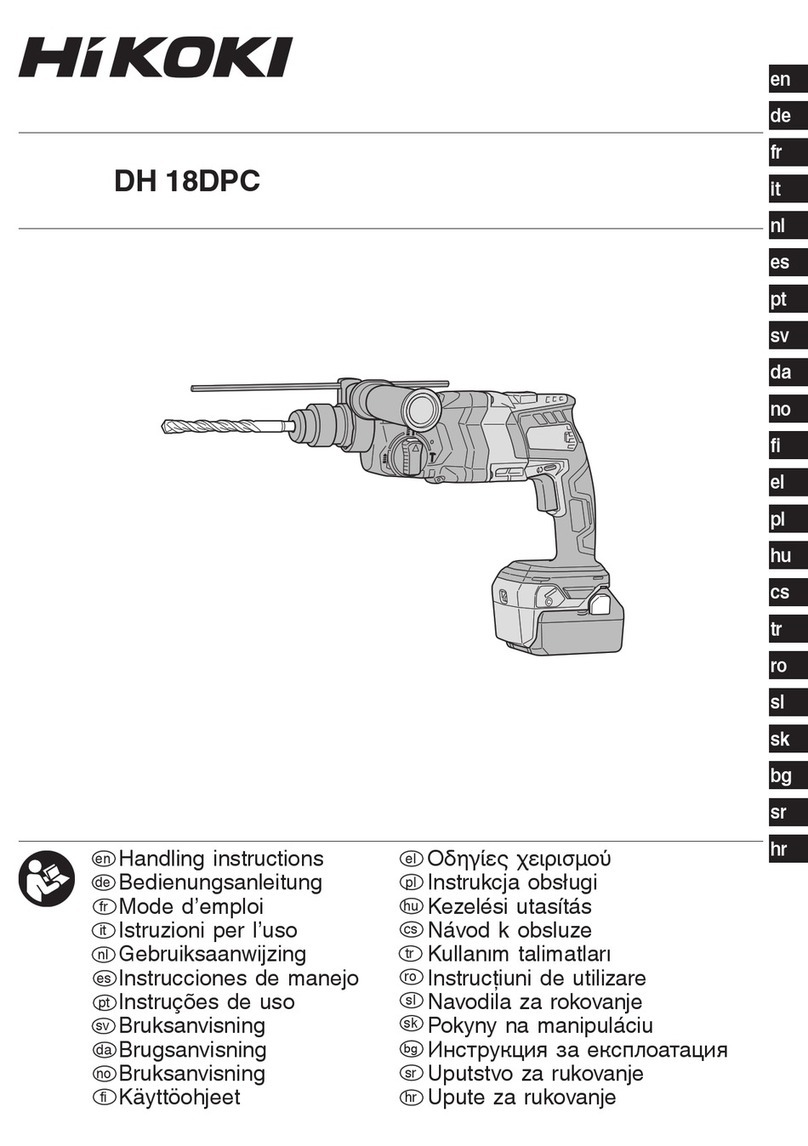Makita HR4001C Manual
Other Makita Rotary Hammer manuals
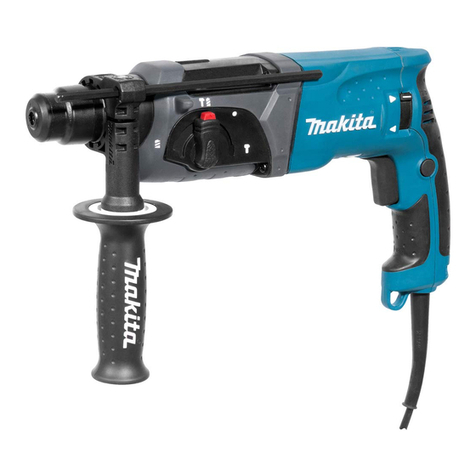
Makita
Makita HR2470T User manual
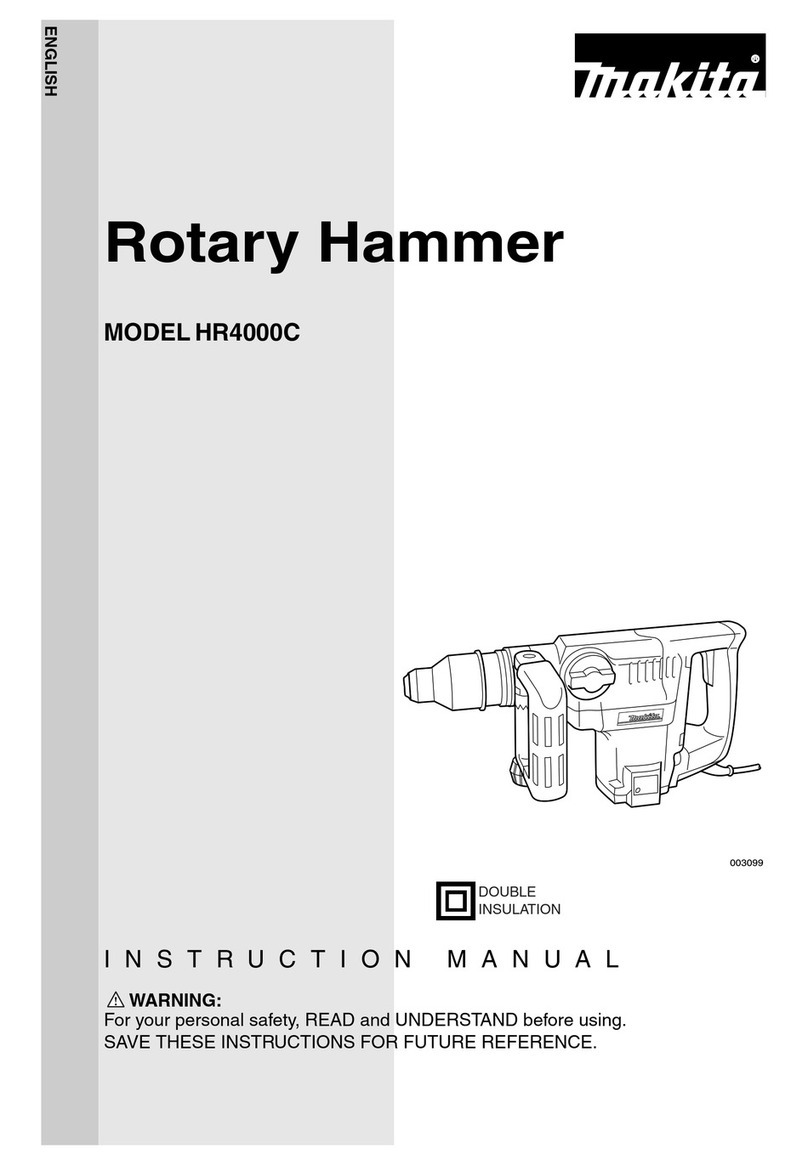
Makita
Makita HR4000C User manual
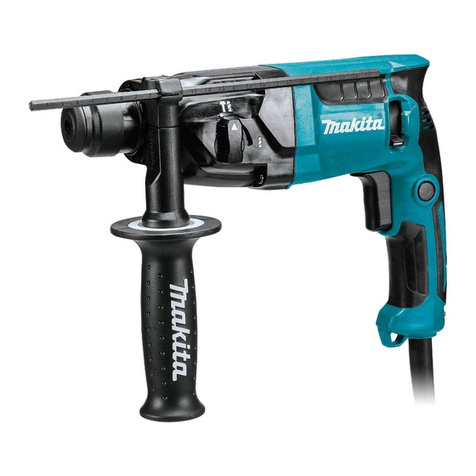
Makita
Makita HR1840 User manual
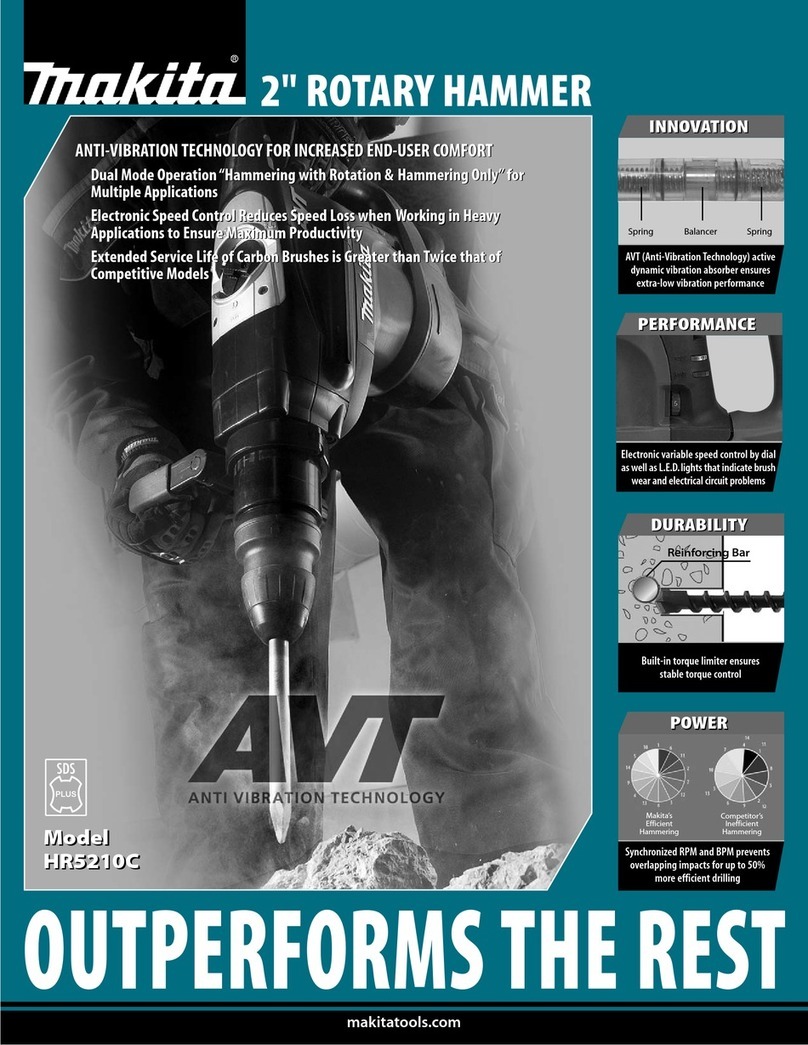
Makita
Makita HR5210C User manual
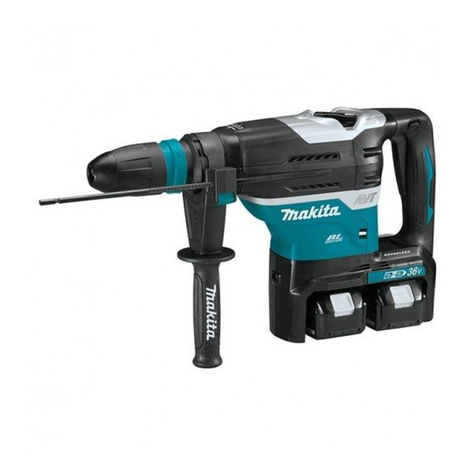
Makita
Makita DHR400ZKU User manual

Makita
Makita DHR165ZJ User manual

Makita
Makita HR2430 Manual
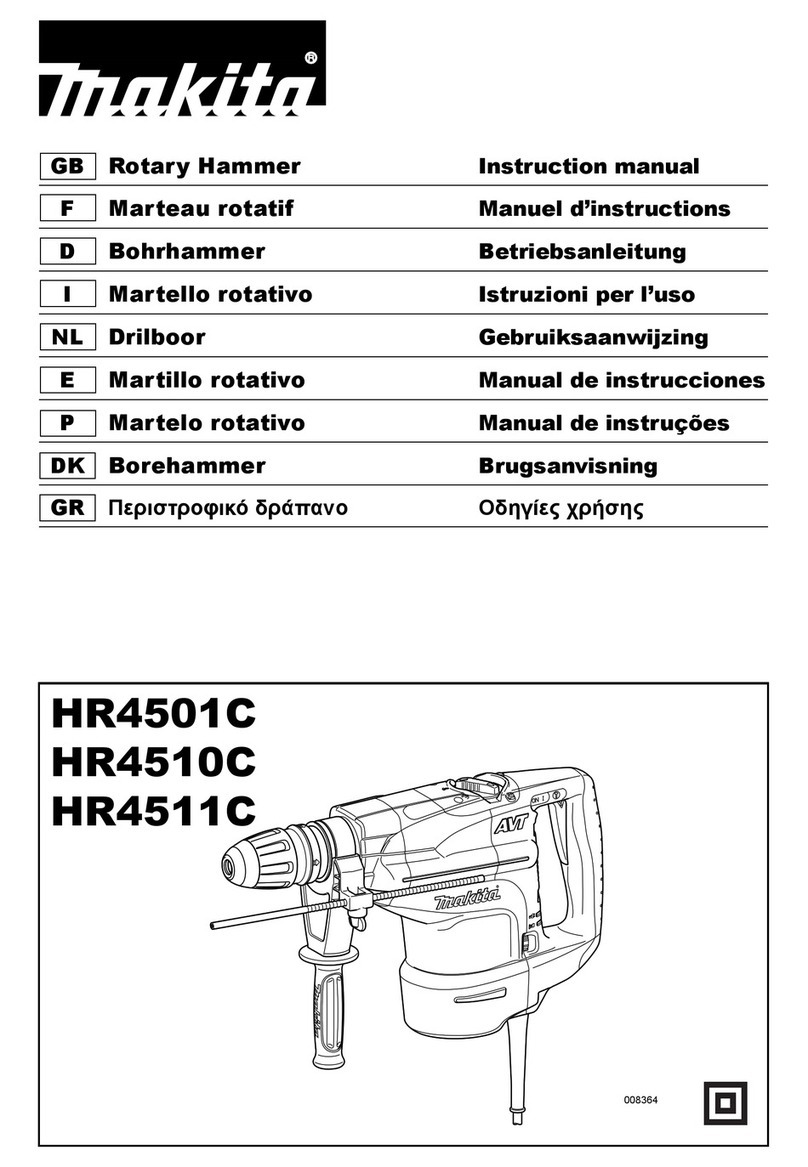
Makita
Makita HR4501C User manual

Makita
Makita HR2010 User manual
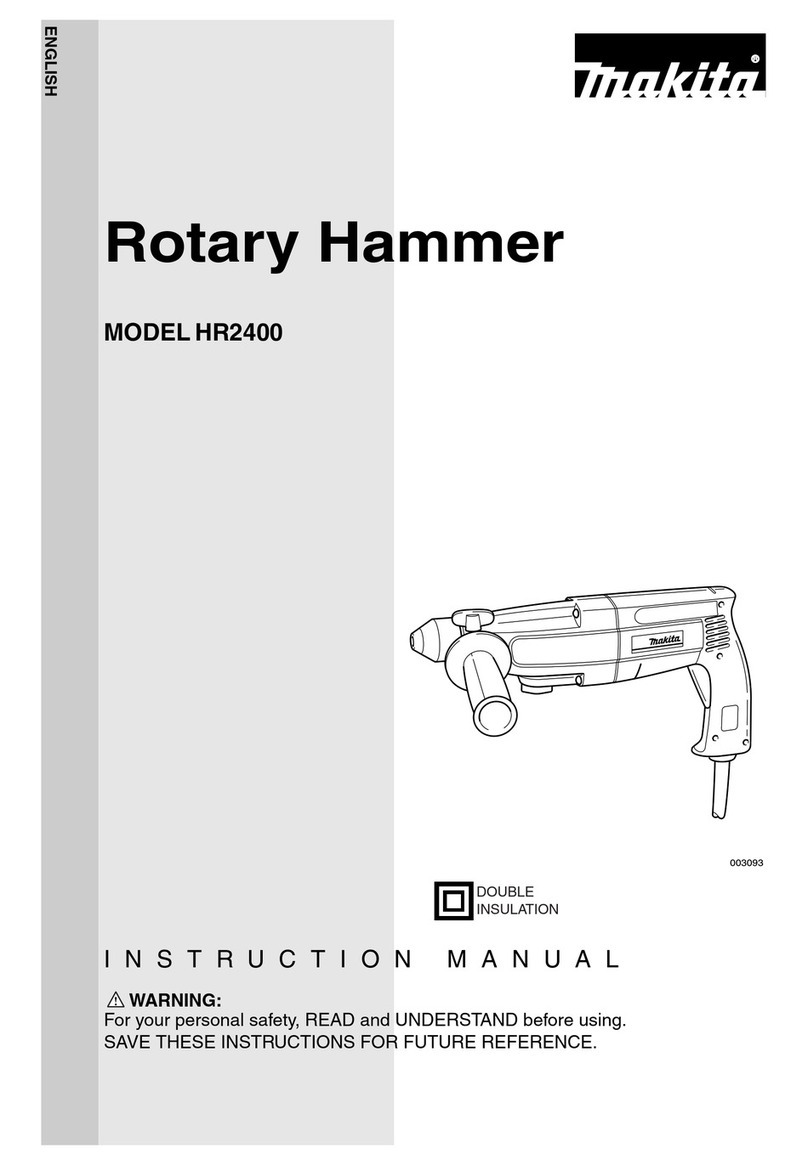
Makita
Makita HR2400 User manual
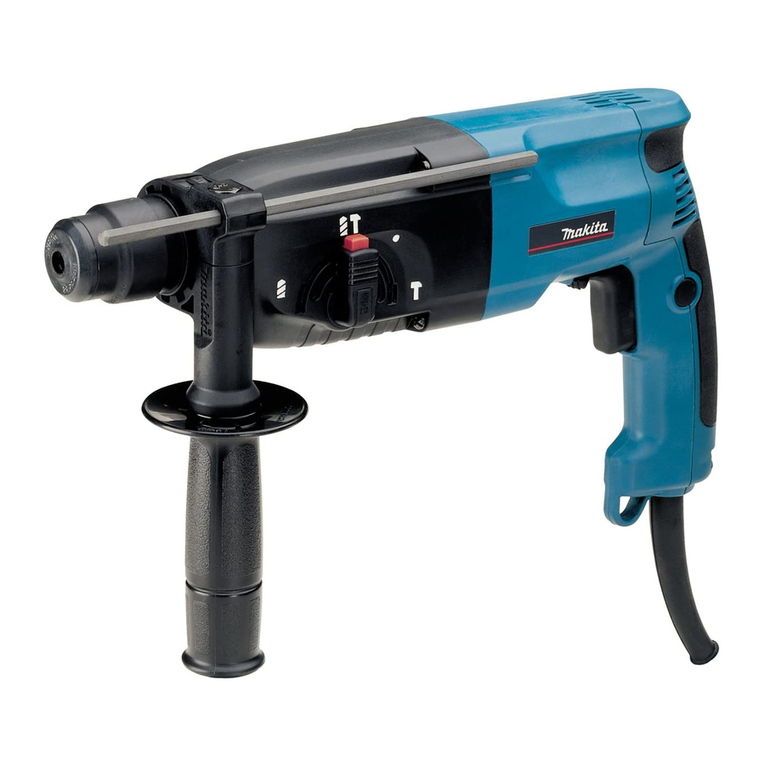
Makita
Makita HR2450 Series User manual
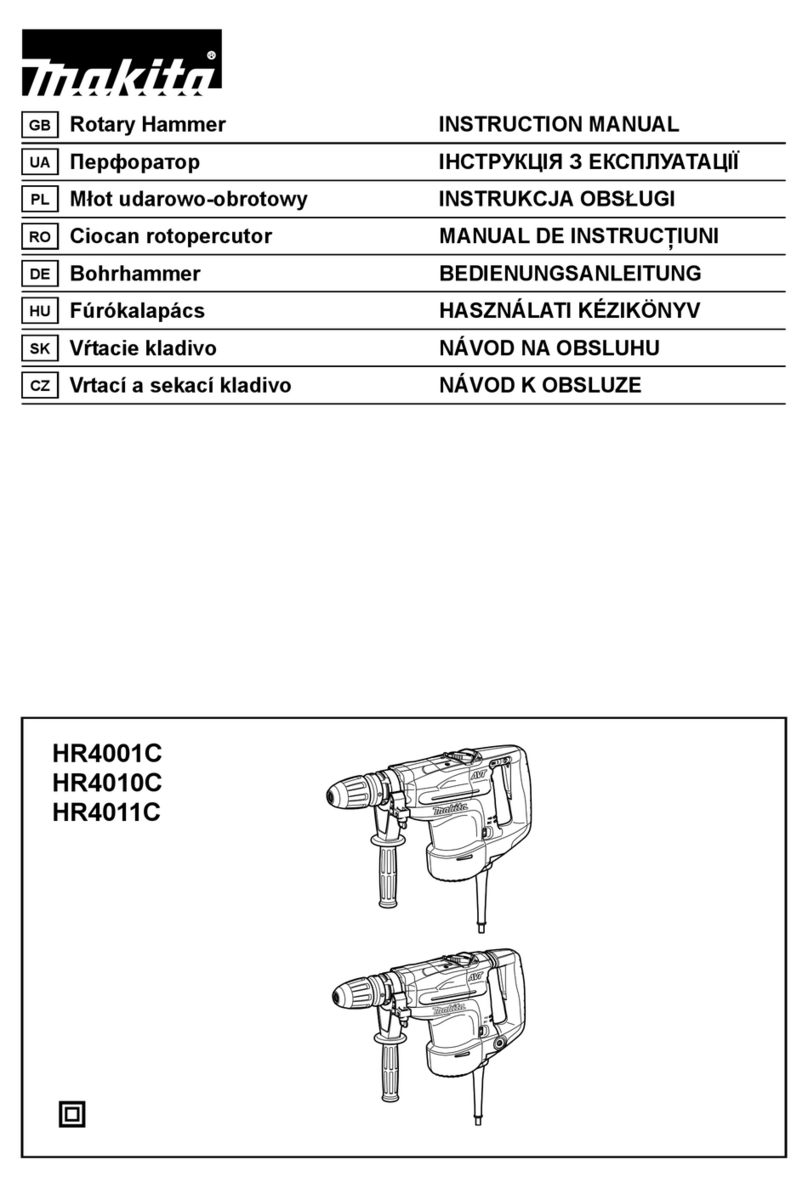
Makita
Makita HR4001C User manual

Makita
Makita HR2510 User manual
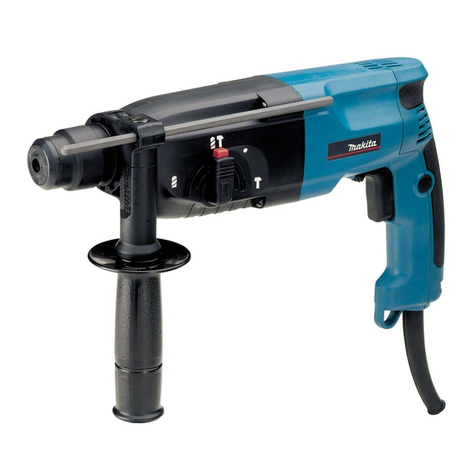
Makita
Makita HR2450FT Manual
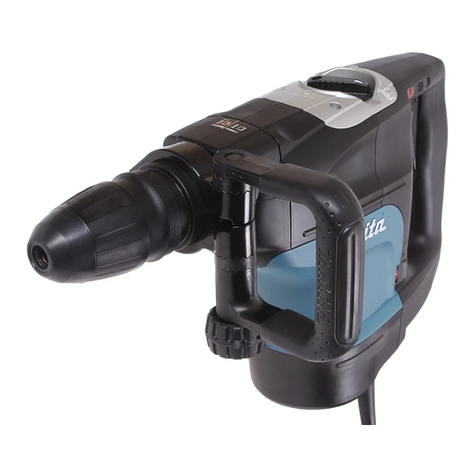
Makita
Makita HR4501C Manual
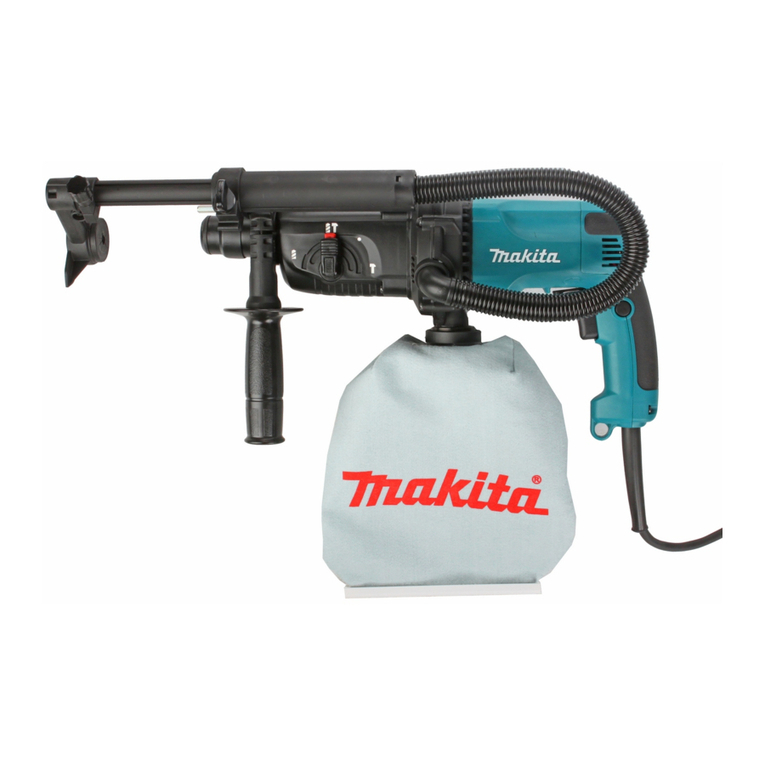
Makita
Makita HR2432 User manual
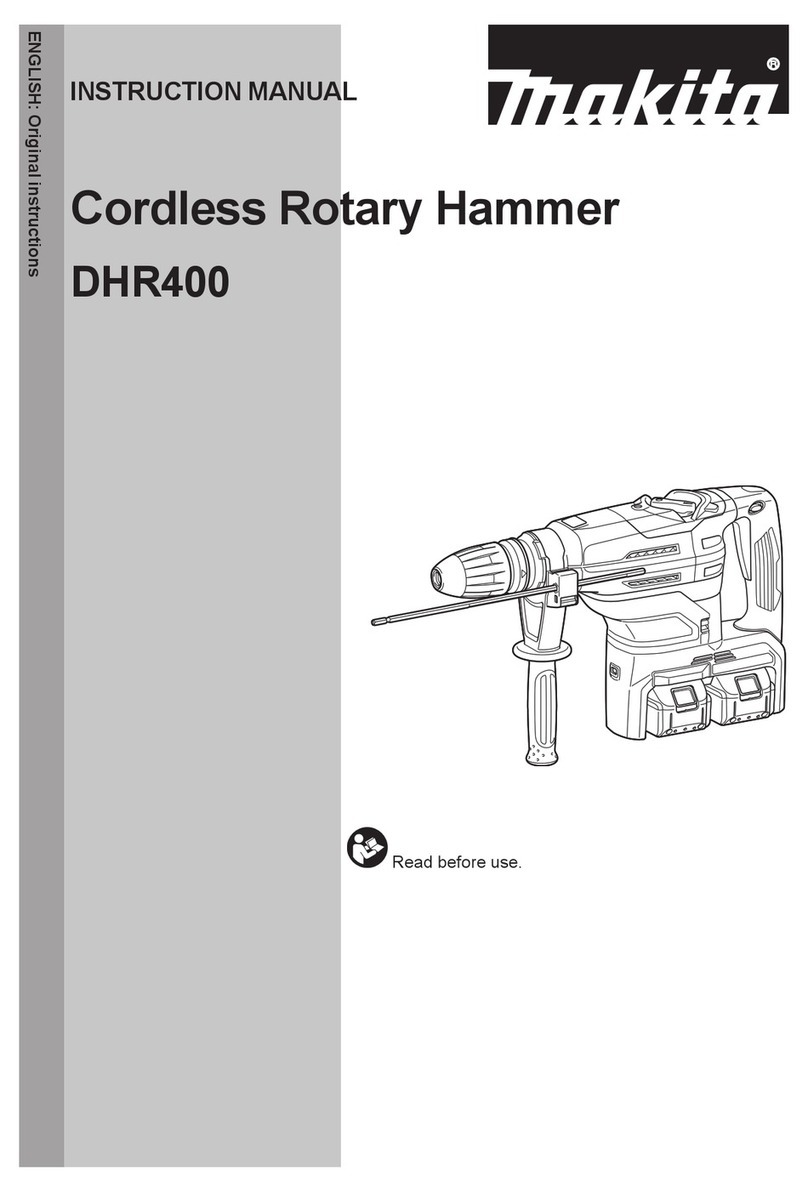
Makita
Makita DHR400PT2 User manual
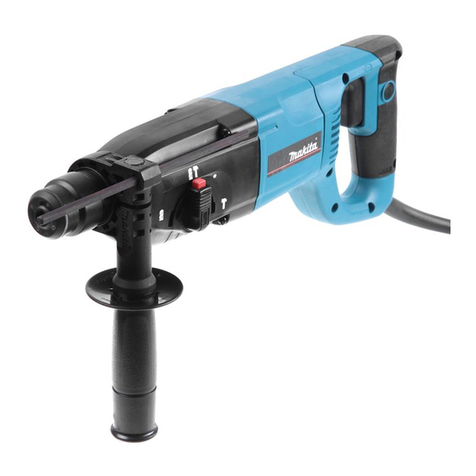
Makita
Makita HR2455 Quick start guide

Makita
Makita HR4041C User manual

Makita
Makita HR166DZJ User manual
Popular Rotary Hammer manuals by other brands
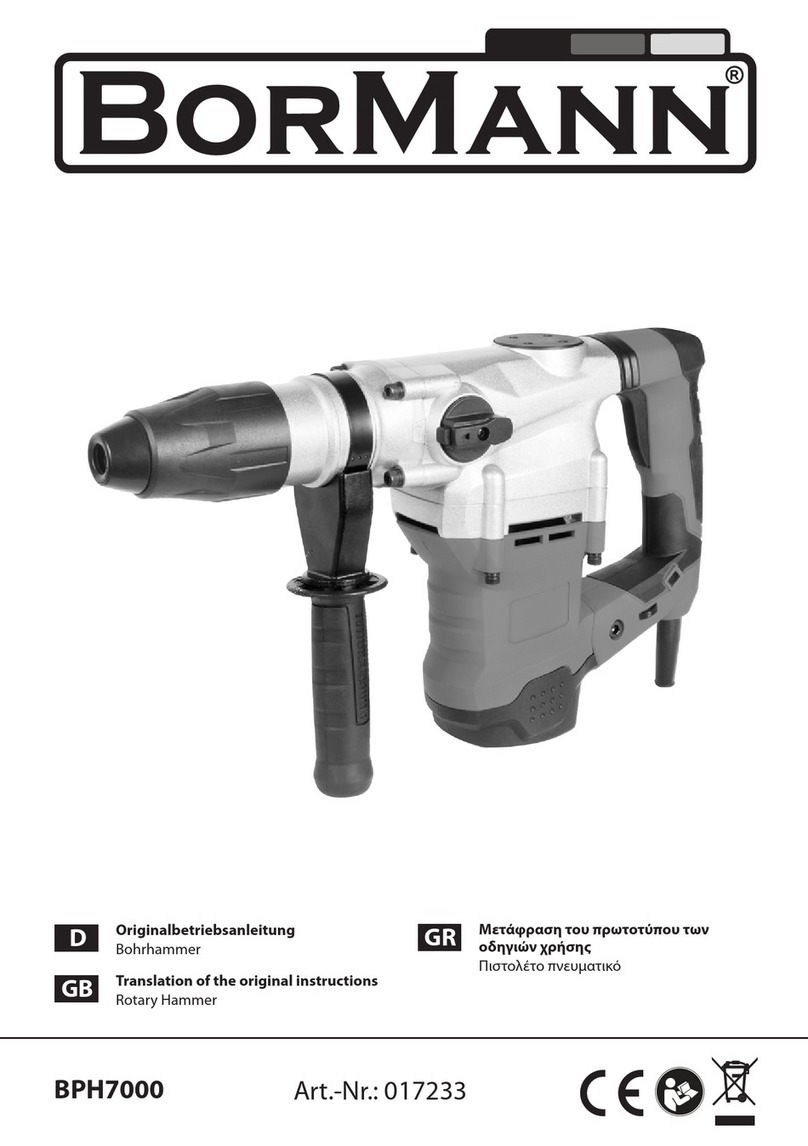
BorMann
BorMann BPH7000 Translation of the original instructions
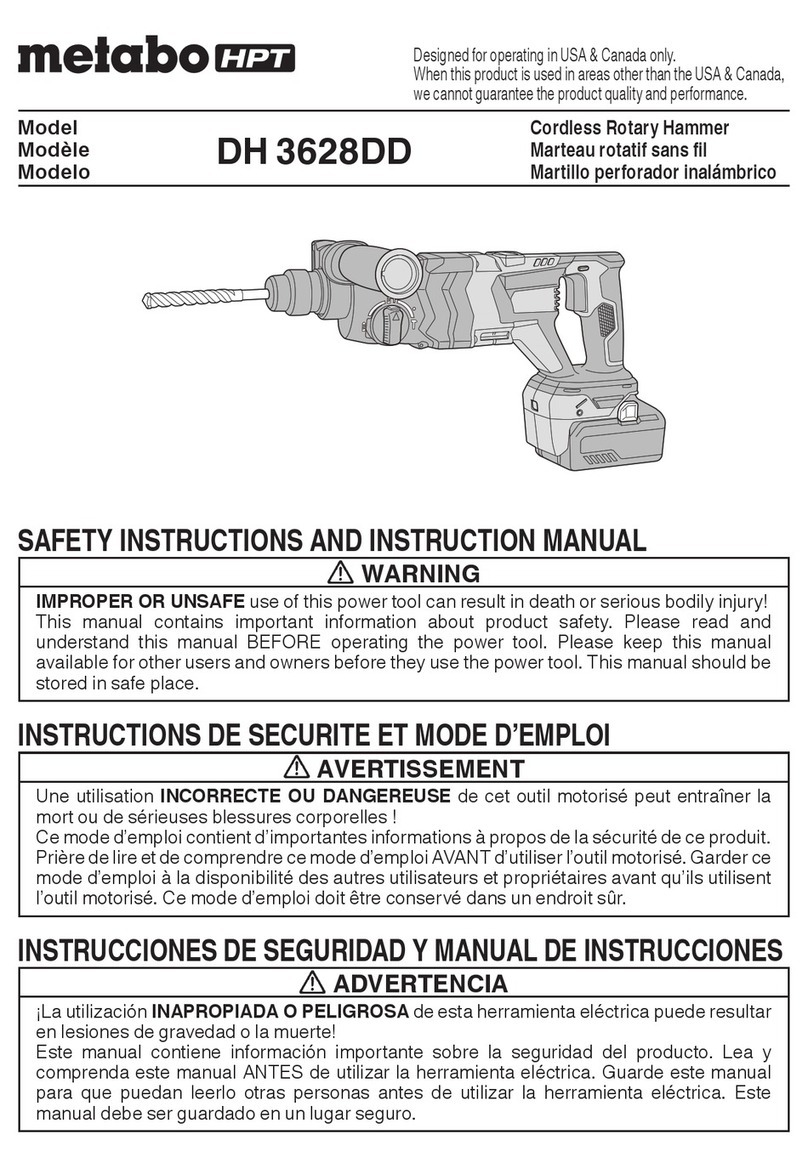
Metabo HPT
Metabo HPT DH 3628DD Safety instructions and instruction manual
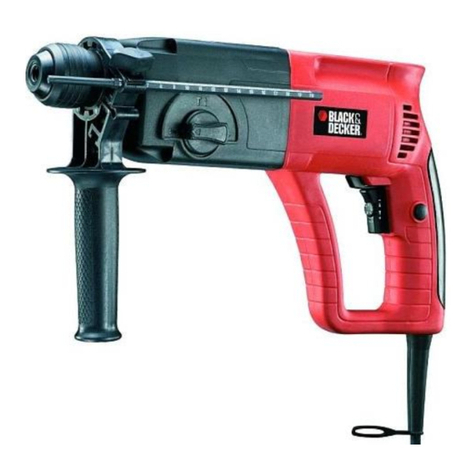
Black & Decker
Black & Decker KD650 manual

Bosch
Bosch GBH Professional 2-20 DRE Original instructions
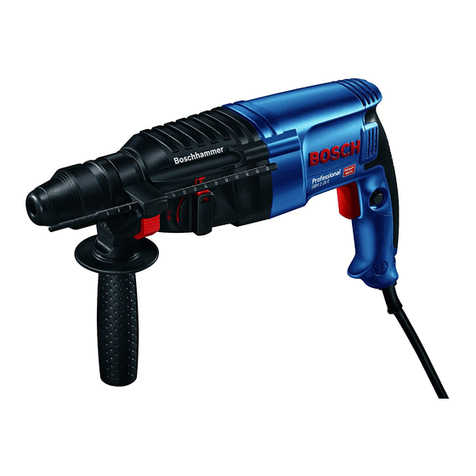
Bosch
Bosch 2-26 E operating instructions
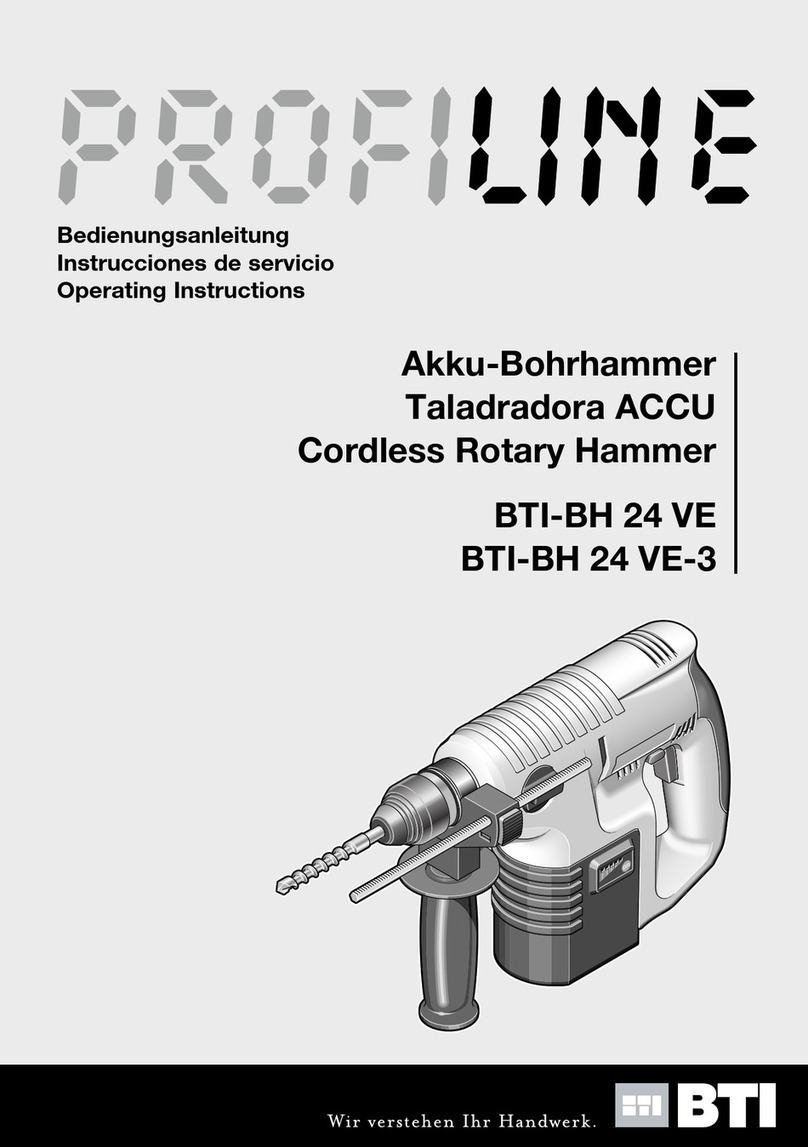
BTI
BTI Profiline BTI-BH 24 VE operating instructions




